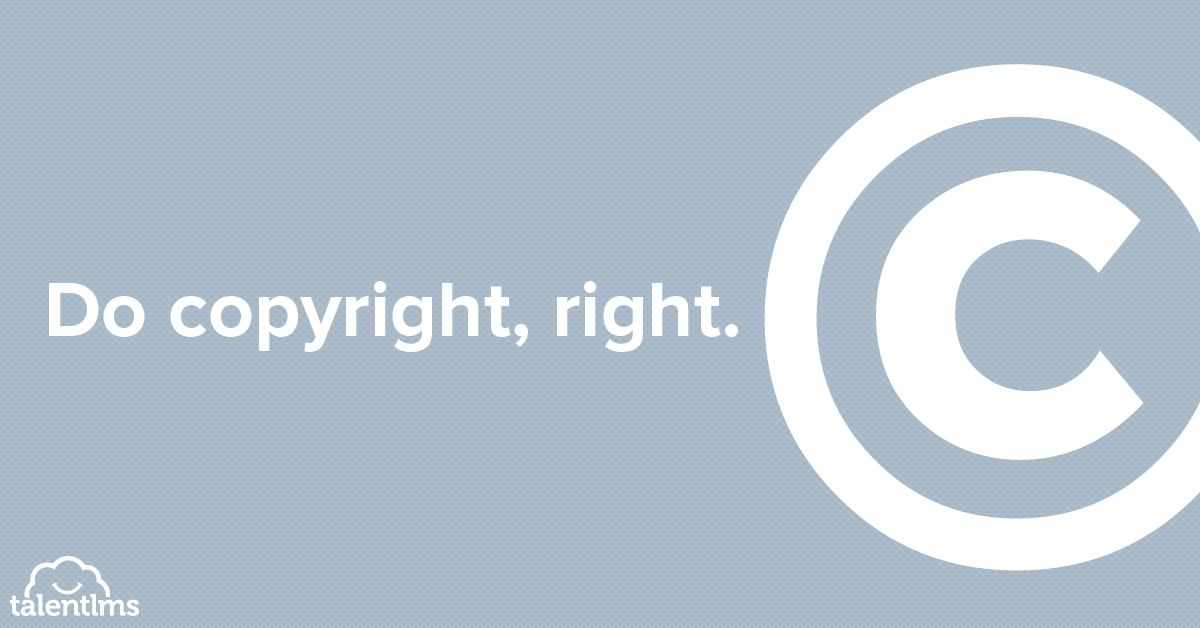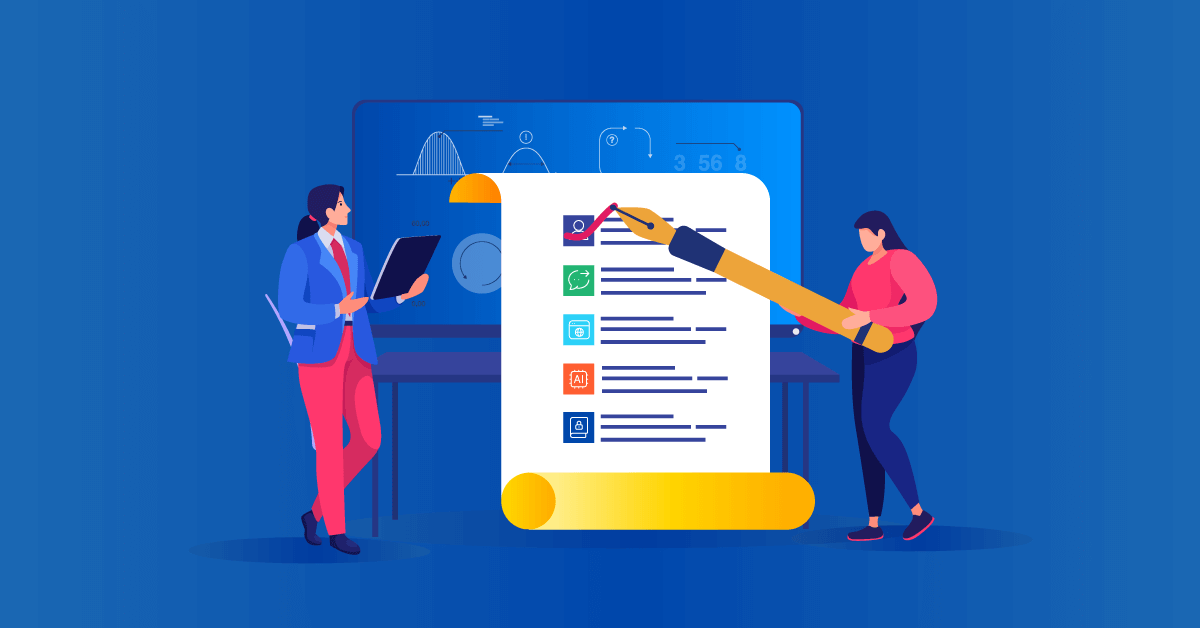ELearning course development requires you to borrow artifacts and intellectual material from the Internet all the time. This includes linking to external resources. But, can you use them without attributing the original author or the materials you have borrowed?
Definitely not! In this article we demonstrate three scenarios of fair use of copyright materials.
As subject matter experts in our departments or as training managers, we have a substantial amount of knowledge to share. With the passage of time we accumulate a lot of working knowledge as well as passive knowledge that needs to be shared within the organization.
Before you think of the topic of your next course, know that your knowledge can only be credible if you offer verifiable sources that agree with your statements in the course.
A course is a series of statements that need to be valid, accurate and current. Simply developing a course using content from different resources is not enough. And if you do use multiple resources, you need to practice legal citing and attributing practices for all copyrighted works.
This includes images, graphics, content, audio and every imaginable multimedia that supports your course. As an eLearning developer, you need to know about the various copyright and public domain intellectual works available for your use in your courses.
Needless to say, these resources will not only save your time and money (you won’t need to hire graphic artists to create images and photographs to support your eLearning content) you will also be able to earn trust and credibility as an eLearning developer. The key is to be able to integrate the relevant intellectual property in your eLearning course using appropriate citation and attribution methods.
According to Burgunder (2011), “Intellectual Property can be defined as something owned by a person or an entity. There is both tangible (physical) and intangible (intellectual) property and both are just as important and legally binding.”
Most of the time we get images from Google, with a sinking feeling that we might be stealing someone else’s work. Watch the video Copyright and Fair Use: Education, Digital Media, and Beyond – Live Workshop, and you will know that this feeling is not wrong!
There are several intellectual property resources available in the Creative Commons websites that enable the usage of intellectual multimedia with recommended methods of attribution:
1. Attribution
2. Attribution – Share alike
3. Attribution-NoDerivs
4. Attribution-NonCommercial-ShareAlike
5. Attribution-NonCommercial
6. Attribution-NonCommercial-NoDerivs
When using artifacts from these resources, be sure to attribute them in your eLearning courses according to the instructions provided in the logo. Sometimes you may come across material that says it is free of copyright, but that is very rare.
Copyright free implies that the multimedia artifacts have been made available for public use in any way (commercial or educational) without any restrictions. These resources typically fall in the Public Domain.
Sometimes the author still wants you to attribute them when using their copyright free works. Go through the above mentioned six methods of attribution in the Creative Commons website to learn more.
When creating eLearning courses for your organization or training institute, you are, without any doubt, using artifacts for both educational and commercial purposes. This means that you hope to make a profit off of your educational materials.
Using intellectual property without the correct permissions and attributions will get you and your organization into a lot of legal trouble. Copyright holders reserve the right to sue you with hefty penalties for using their intellectual property without their permission.
Most organizations do not have memberships with stock-free image websites so that multimedia avid eLearning developers like you can integrate elements in your lessons and assignments without worries. For these reasons, you need to educate yourself and your learners about copyright restrictions and rules when using them within your eLearning environment.
Many educators and eLearning developers naively think that as long as they are not “selling” any intellectual property, they are not infringing any intellectual property boundaries. The use of an online element is truly a situational decision. It has a lot of variables that need to be figured out before using the artifact appropriately.
Let us look at some examples of how you can use online resources to create compelling eLearning courses. The following are the three examples of resources to be used in an eLearning environment and to be attributed as per licensing requirements of Creative Commons (if available). Notice our rationale behind the fair use implementation in each scenario.
1. Introduction to Databases
- Source: MERLOT
- Copyright: Yes
- Creative Commons: Unsure
- Fair use method: This is a Stanford University MOOC that is freely available. I plan to register in this course to access notes for teaching my own database class at Higher Colleges of Technology. I plan to use this course for educational purposes only. When developing power point notes or eLearning modules I will attribute this resource in the references section the following way: Wisdom, Jennifer. Introduction to Databases [PDF]. Retrieved from Stanford Web site: https://lagunita.stanford.edu/courses/Engineering/db/2014_1/about
2. Leadership image for the course Fundamentals of Leadership.
- Source: Flickr
- Copyright: No
- Creative Commons: Some rights reserved: share
- Fair use method: Attribute the author of the image with link to the webpage containing this image.
3.Marketing image for the course Technology Based Marketing.
- Source: Flickr
- Copyright: No
- Creative Commons: Some rights reserved: share and adapt.
- Fair use method: Attribute the author of the image with link to the webpage containing this image.



